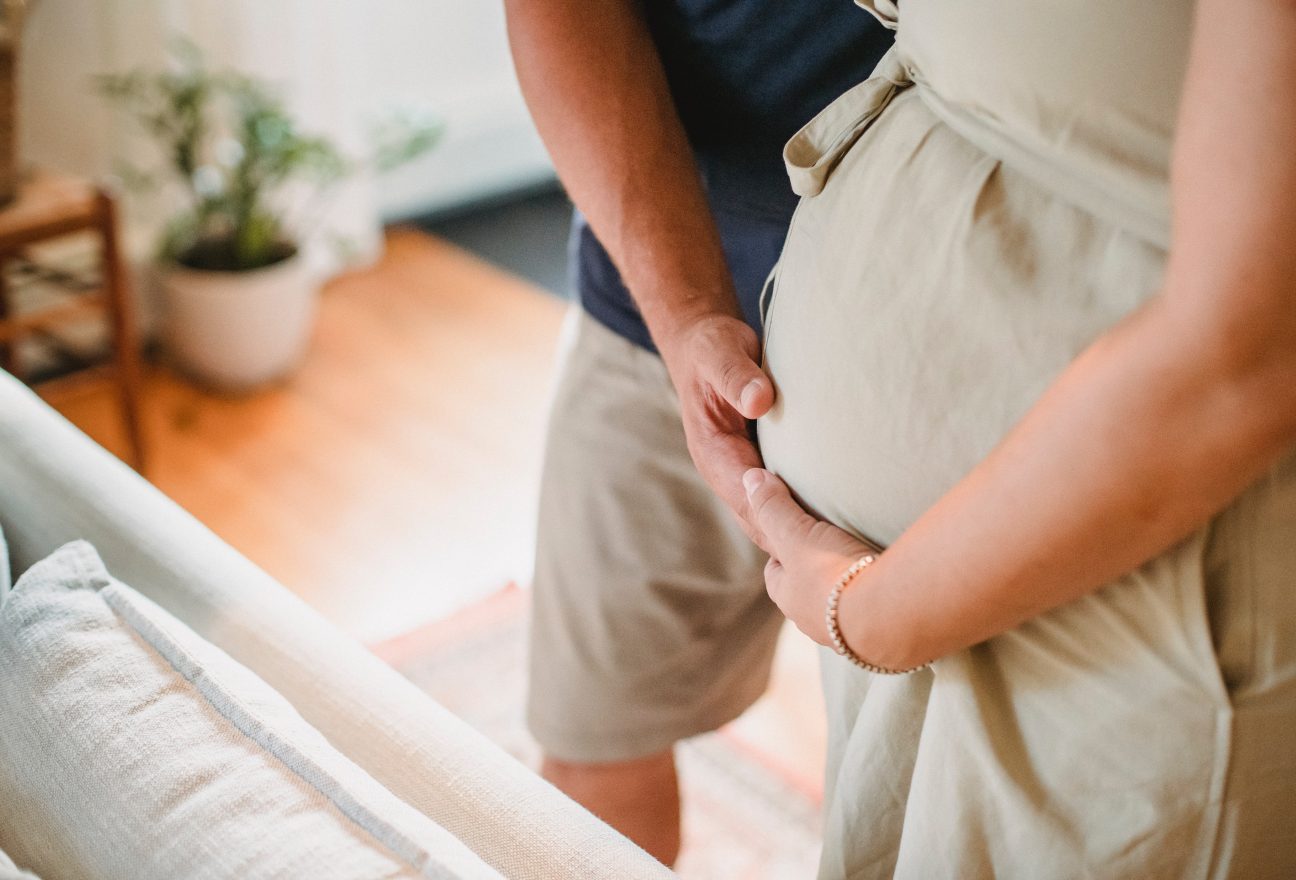Upon entering the third trimester of pregnancy, you have successfully crossed the halfway mark towards the birth of your baby. As you eagerly await the arrival of your little one, there are numerous preparations to make and choices to consider. You may notice a decrease in your energy levels, or alternatively, you may feel a sudden burst of energy, leading you to clean, tidy, and organize your home in anticipation of your baby’s arrival. This overwhelming desire to clean is commonly known as the “nesting” instinct.
What is the third trimester?
The third trimester is a critical period in a pregnancy, as it marks the final stage of fetal development before birth. During this time, the fetus undergoes significant growth and development, and the mother’s body experiences many changes as well. In this article, we will discuss what happens during the third trimester, what symptoms to expect, and how to prepare for labor and delivery.
During this period, the fetus experiences rapid growth and development as it prepares for life outside the womb. The mother’s body also undergoes significant changes to support the growing fetus and prepare for labor and delivery. This is a crucial time in pregnancy, as the mother and baby must be closely monitored to ensure a safe and healthy birth.
Length and timing of the third trimester
The third trimester typically starts at around week 28 of pregnancy and lasts until delivery, which usually occurs between weeks 38 and 42. The length of the third trimester can vary depending on the individual pregnancy, as some babies may be born earlier or later than expected.
Fetal development
During the third trimester, the fetus undergoes rapid growth and development. By the end of the third trimester, the fetus weighs an average of 6 to 9 pounds and is about 18 to 20 inches in length. The baby’s brain continues to develop, and the lungs and other organs mature to prepare for life outside the womb.
As the baby grows, the mother may feel more frequent and stronger movements. The baby’s movements may feel like kicks, rolls, or flutters, and the mother may be able to see the movements from the outside.
Symptoms of third trimester
The third trimester can be a challenging time for the mother, as her body experiences many changes and symptoms. Some common symptoms during this time include:
Braxton Hicks contractions – These are practice contractions that help prepare the uterus for labor. They are usually painless and irregular but can be uncomfortable.
Fatigue – The mother may feel more tired during the third trimester due to the extra weight and strain on her body.
Back pain – As the baby grows and puts pressure on the mother’s back, she may experience back pain.
Swelling – The mother may experience swelling in her feet and ankles due to the extra fluid in her body.
Shortness of breath – As the uterus expands, it can push up against the diaphragm and make it harder to breathe.
Heartburn – The growing uterus can put pressure on the stomach and cause acid reflux, which can be uncomfortable.
Difficulty sleeping – As the baby grows, it can be harder to find a comfortable position to sleep in.
Increased urination – As the uterus expands, it can put pressure on the bladder and cause the mother to need to urinate more frequently.
Preparing for labor and delivery
As the due date approaches, it is important to prepare for labor and delivery. Here are some things that the mother can do to prepare:
Attend childbirth education classes – These classes can help the mother and her partner learn about the labor and delivery process, pain management techniques, and newborn care.
Create a birth plan – A birth plan outlines the mother’s preferences for labor and delivery, such as pain management, who will be present during the birth, and other preferences.
Pack a hospital bag – The mother should pack a bag with essentials for the hospital stay, such as comfortable clothes, toiletries, and items for the baby.
Discuss pain management options with her healthcare provider – There are several pain management options available during labor and delivery, such as epidural anesthesia, and the mother should discuss these options with her healthcare provider.
Stay healthy – The mother should continue to eat a healthy diet, exercise, and get plenty of rest to prepare for labor and delivery.
The third trimester is a critical time in a pregnancy, as the fetus undergoes significant growth and development before birth. The mother may experience many symptoms during this time, but there are steps she can take to prepare for labor and delivery. By staying healthy, attending childbirth education classes, creating a birth plan, and discussing pain management options with her healthcare provider, the mother can feel more prepared for the birth of her baby. It is also important to have a support system in place during this time, such as a partner, family, or friends who can provide emotional and practical support.
As the due date approaches, the mother should be aware of the signs of labor, such as contractions, vaginal bleeding, and rupture of the amniotic sac. If she experiences any of these symptoms, she should contact her healthcare provider right away.
In some cases, labor may need to be induced or a cesarean section may be necessary. The healthcare provider will discuss these options with the mother if they are needed.
After the baby is born, the mother will experience postpartum recovery, which can include physical and emotional changes. The mother may experience pain, bleeding, and fatigue, and may need to adjust to caring for a newborn. It is important to have support during this time as well, such as family or friends who can help with household tasks or caring for the baby.
In conclusion, the third trimester is a critical time in a pregnancy, as the fetus undergoes significant growth and development before birth. The mother may experience many symptoms during this time, but there are steps she can take to prepare for labor and delivery. By attending childbirth education classes, creating a birth plan, discussing pain management options with her healthcare provider, and staying healthy, the mother can feel more prepared for the birth of her baby. It is also important to have a support system in place during this time, and to be aware of the signs of labor. After the baby is born, the mother will experience postpartum recovery, which can include physical and emotional changes, and she should have support during this time as well. With proper preparation and support, the mother can have a healthy and successful birth experience.







